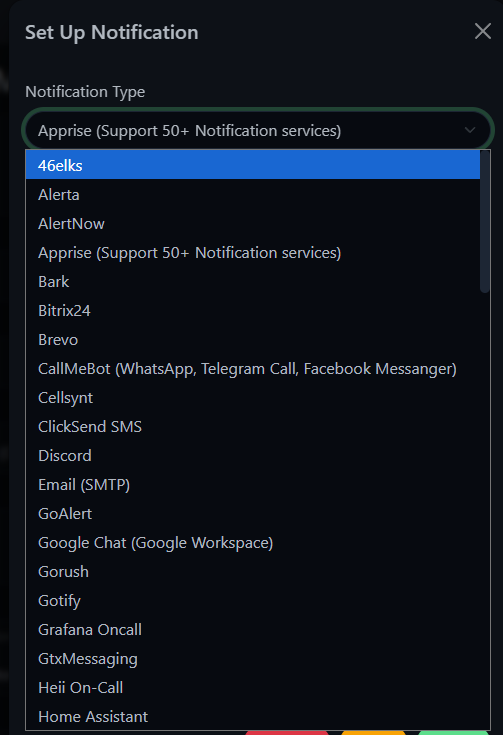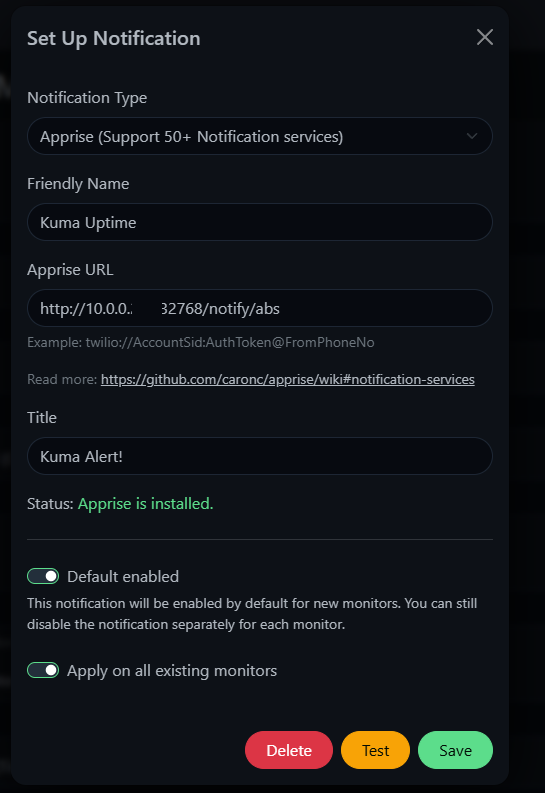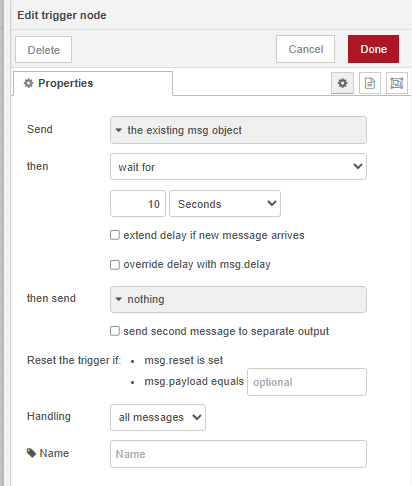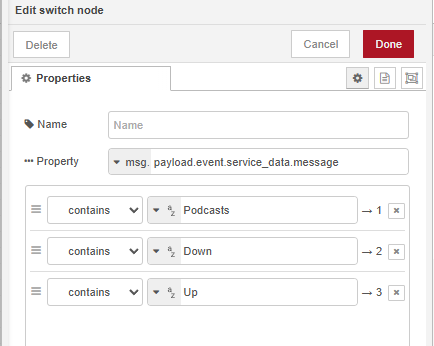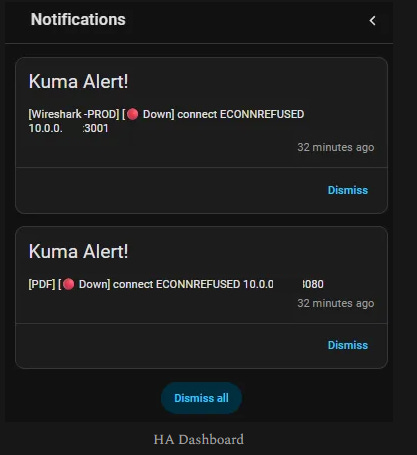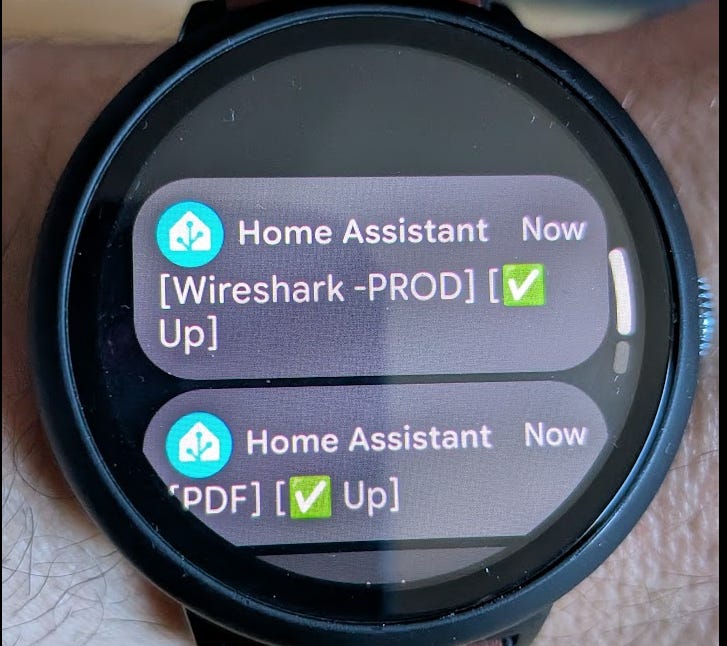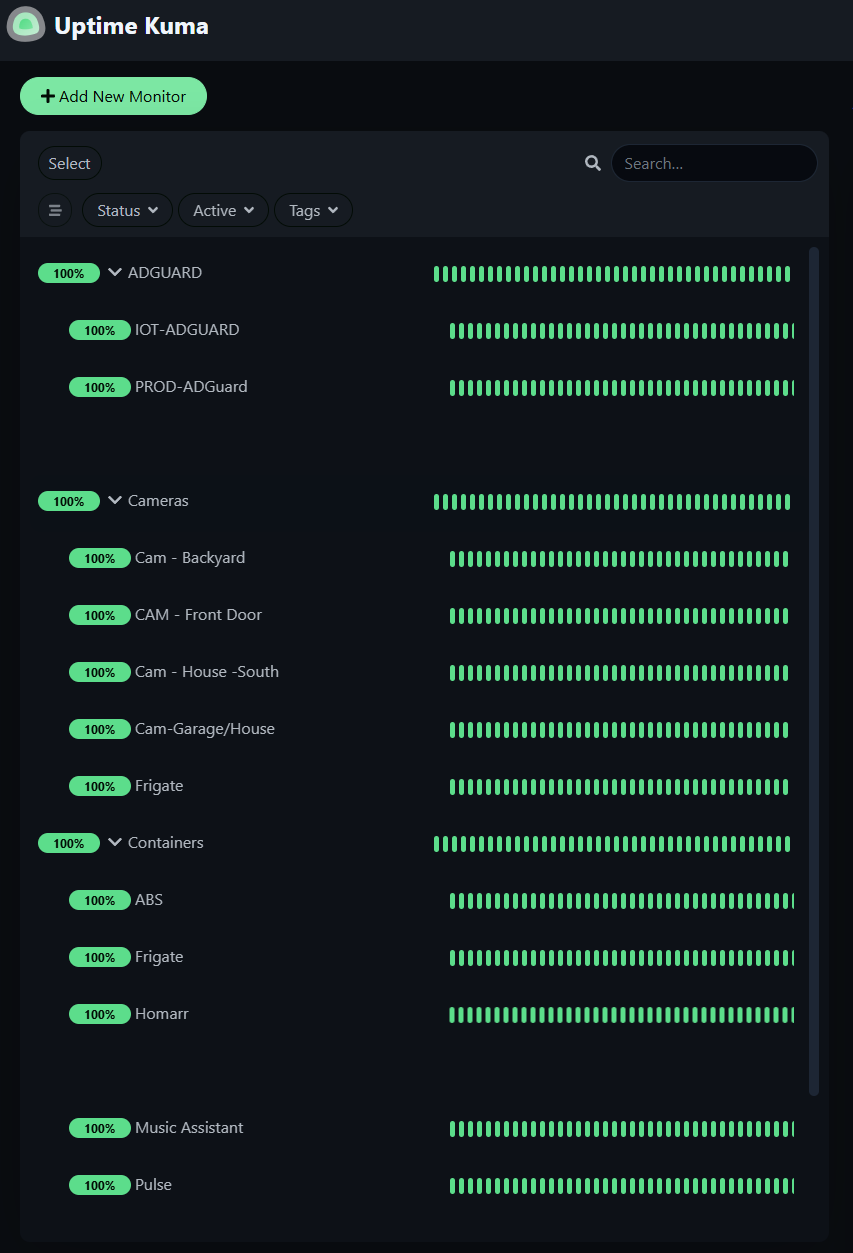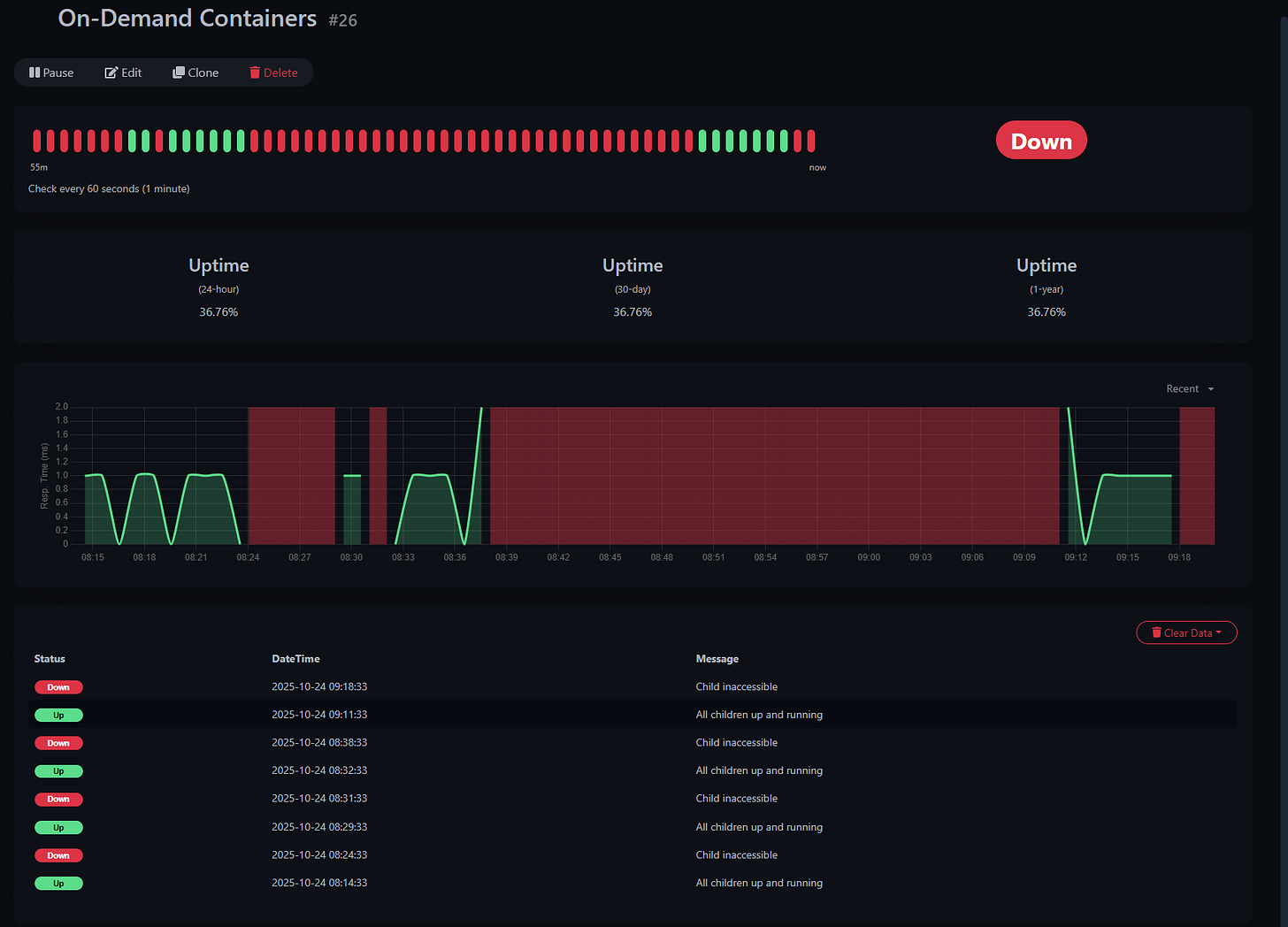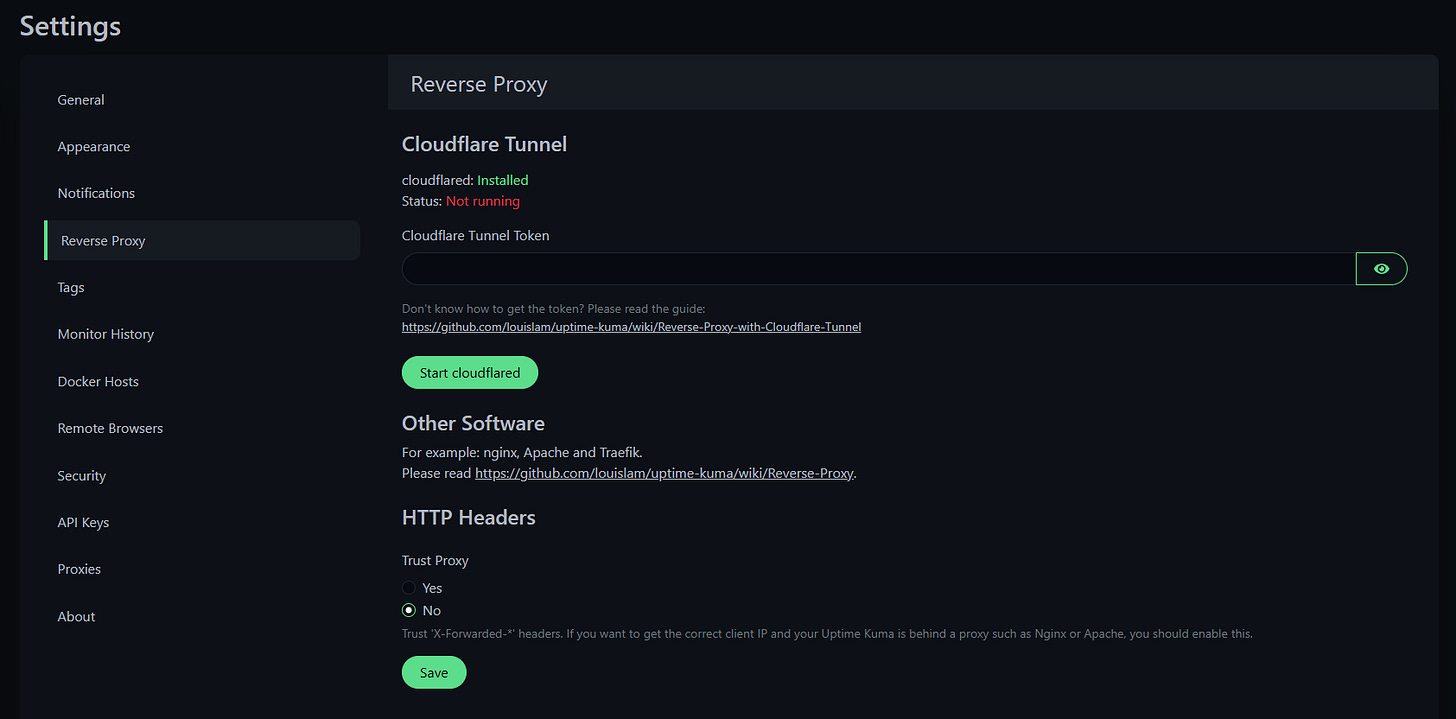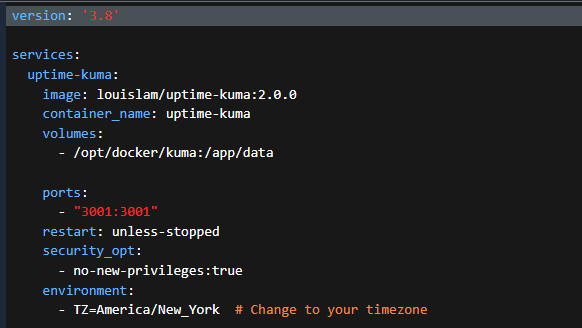Kuma Uptime Docker
The Monitoring Service That Isn't a Bear
Intro and Musings
When it comes a busy Home Enterprise environment basic monitoring it can be a challenge to find a solution that’s light and easy to configure. I want lots of monitoring options with flexible notification schemes, that’s easy to setup and configure. A nice GUI doesn’t hurt either. Kuma Uptime hits all these boxes.
Looking Inside The Pick-A-Nic Basket
Right away, we see a nice “Add New Monitor” button on the top left.
Adding Monitors
That’s a great array of monitoring modes we can pick from. I particularity like the TCP port, it’s great for Docker containers.
Note: You’ll notice there’s a Docker Option, but I like TCP port to keep things separate.
Notification Setup
Notification types are an embarrassment of riches. I can’t get all of them in one screenshot, it goes all the way to “Z”. I particularly like the Apprise support! Even though Home Assistant is represented here, I prefer to use Apprise.
I have a post here about setting up Apprise with Home Assistant.
To my surprise, this was dead simple since Apprise was already setup, so I could just use the same link as I use for ABS! Also, I love that you can make a notification as default for new and current monitors.
So that got the alert to the HA dashboard, but sending to devices via notifications was a bit trickier than I expected.
For whatever reason, the notification would cycle and send hundreds out.
I put in trigger nodes to limit to one.
For my switch node:
And the json for the notification nodes:
Once that was done, it worked wonderfully.
Groups
You can add monitors singly or group them together. I really like groups as you can see uptime as a whole and individually. You can also set the notification for the overall group as well.
As for uptime, I really like this display.
Other Settings
I just wanted to add this for reference. So many cool options. Built-in Cloudflare tunnel support? That, as we said back in the day, is “rad.”
Portainer Stack
The stack is really, really, simple. The github is: Uptime Kuma
This stack example as always, is at my Github.
Note: Kuma recently went to 2.x. For whatever reason “latest” still pulls 1.x, so I used a version tag here instead.
Conclusion
This is a great addition to my monitoring suite, and is a nice companion to Pulse.
I hope you find it as useful and easy to use as I do.
Until next time.




